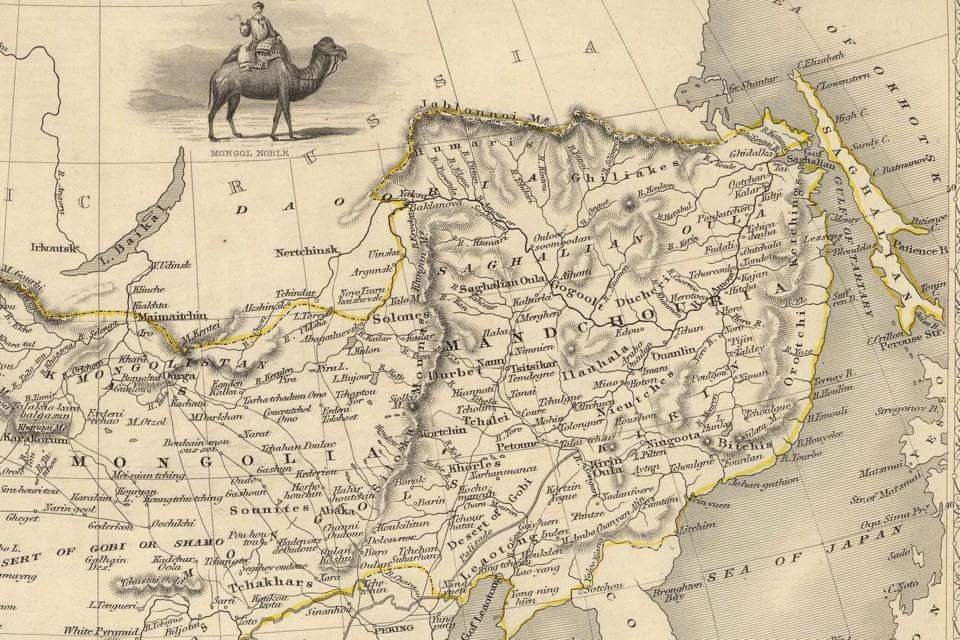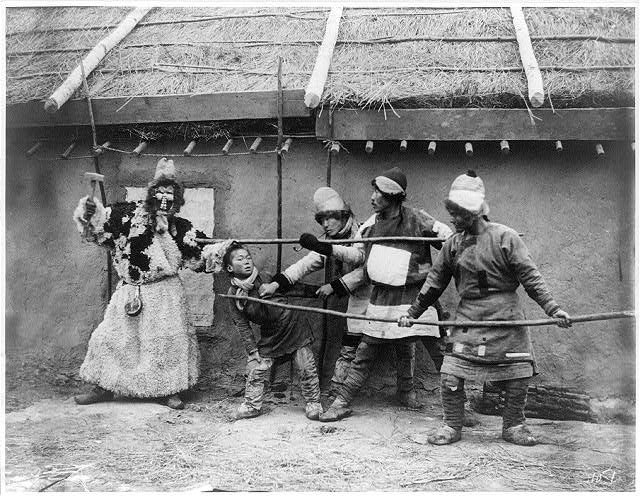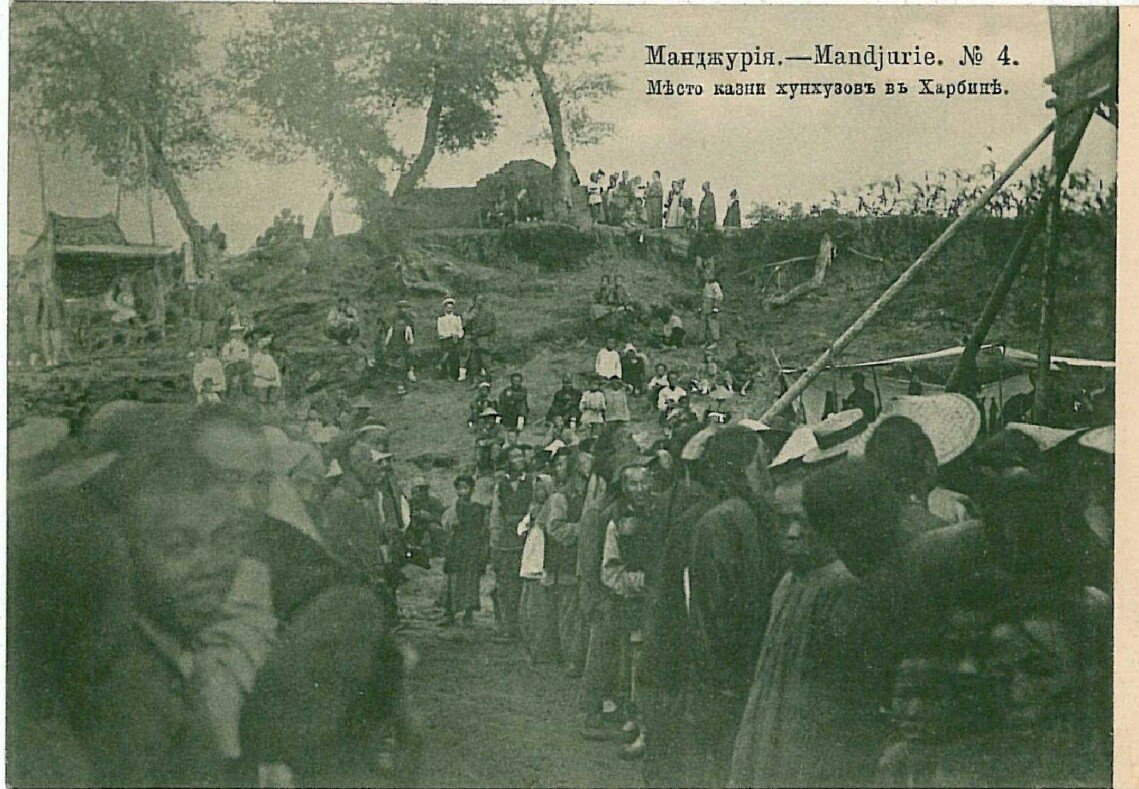In this article I will begin a story about the era of relations and emigration of Chinese to the Russian Far East.
As a person who lives all his life on the border of Russia and China, for me this question always remains very interesting and important.

(In the picture above the Chinese barber in the picture below is a Chinese shoemaker.Both pictures were made in Khabarovsk at the beginning of the 20th century)
The Far Eastern region of Russia borders on China, and population movements from the People's Republic can be seen as a natural phenomenon. Chinese migration began in the 1860s, when the region was incorporated into Imperial Russia.
The history of Chinese migration in the Russian Far East really began during the second half of the nineteenth century, when the region was annexed by the Tsarist Empire. The new province included the Amur River basin and the region reaching from the river to the coast.

(The map of the first half of the XIX century-part of the territory still refers to the Manchu Chinese empire. In 1859, the new province was divided into two parts: the Amur region (the Amur River
basin) and the region of Primorye (the sea coast). In 1884, when it was separated from the province of Eastern Siberia, it included three regions: Zabaikalye, Primorye, and Amur. The territory of Kamchatka and the Island of Sakhalin were added in 1909. Today the Federal District of the Far East includes the Republic of Sakha (Yakutia), the province of Amur, the autonomous district of Chukotka, the autonomous Jewish province, the territory of Kamchatka, the province of Magadan, the territories of Primorye and Khabarovsk, and the province of Sakhalin.)
It must be said that these new territories were already inhabited by a few native peoples,

( Goldi - native peope of the Amur river region, late XIX century,Khabarovsk, photo by W.H.Jackson )
as well as by a small number ofChinese, especially in the southern river valleys of the Suifeng, the Daobihe, and the Oulahe, and along the coast of the Sea of Japan.
The first Chinese migrants to appear in the region in the early nineteenth century were in fact fugitives who had fled China in order to escape the law, as well as convicts deported by the Qing dynasty authorities.

(North East China,Harbin,Place of the execution of a criminals, end of 19-beginning of the 20th century.)
Subsequently the region’s natural resources attracted hunters, fishermen, ginseng harvesters, and small traders. Some of these decided to stay beyond a season’s work,building houses and farming the land. At the time of the signing of the Treaty of Aigun in 1858, which defined the frontier between the two countries, the only concentrated population of Chinese in the region lay in the valley between the Amur Zeya rivers.

(The reverse side of a photo of one of the Khabarovsk studios. end of the 19th century. A Chinese Boat (in Russian - " Dzhonka") sailing along the bank of the Amur River in Khabarovsk is depicted).
To be continued...
